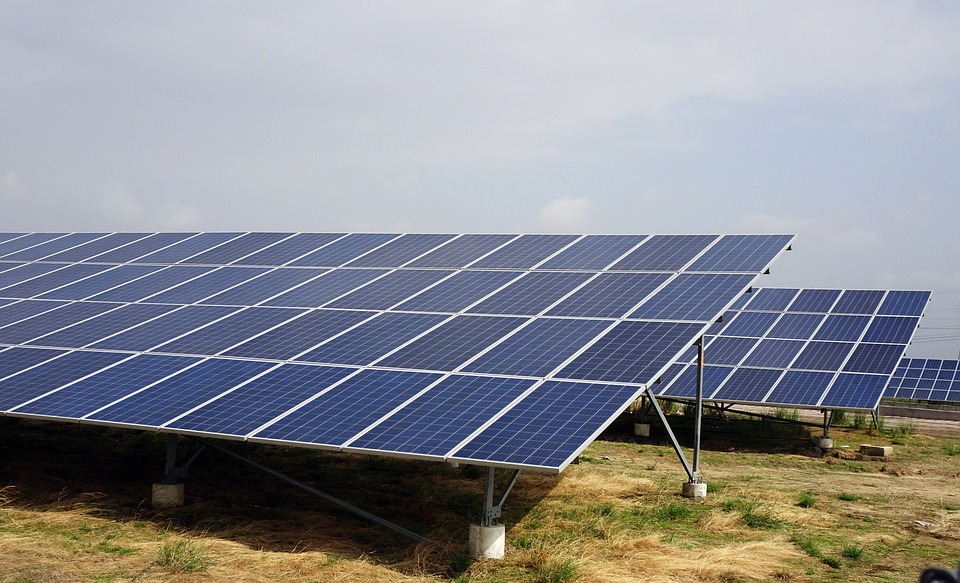Maharashtra can save Rs 750 billion in next 10 years. Here’s how
A recent study suggests that by retiring old coal-based power plants and utilising renewable sources of energy like solar and wind, Maharashtra can save upto Rs 75,000 crores in the next decade. Details here.


The report suggests long term replacement of expensive coal power contracts with cheaper renewable energy projects by 2030. Photo: Flickr
Amidst the state economy taking a hit due to the ongoing COVID19 pandemic, a new study has found that Maharashtra could save upto Rs 75,000 crores (Rs 750 billion) in the next decade by shunning coal and pursuing renewable energy.
The report titled ‘Maharashtra’s Energy Transition – A Rs 75,000 cr. opportunity’ published by Bengaluru-based research group Climate Risk Horizons suggests three measures by which the state can achieve this feat.
Firstly, it suggests the government should quickly retire the 4,020 megawatts (MW) of dated thermal power plants that run on coal by 2022.
Secondly, it recommends the state to halt the ongoing construction of the new Bhusawal unit 6, a coal-based thermal power plant located in the Jalgaon district that is surplus to the state’s energy requirements.
Lastly, it suggests long term replacement of expensive coal power contracts with cheaper renewable energy projects by 2030.
Also Read: Energising rural India with reliable electricity supply
The report finds it profitable for the state government to retire

4,020 MW of coal plants owned by the Maharashtra State Power Generation Company (MAHAGENCO) by 2022.
“The savings generated can be used to improve efficiencies in the electricity system, further reducing subsidy payouts from the government to Maharashtra State Electricity Distribution Co. Ltd (MSEDCL), freeing up resources for other priorities in the health and infrastructure sector, the report notes.
It also points out that the Central Electricity Authority and the central government have both urged the shutdown of older coal power plants across the country.
Also Read: Electric vehicles, carpooling and policy changes suggested to improve air quality in Maharashtra
“Older coal plants are typically less efficient, more polluting and will need to meet the 2015 air and water emission norms notified by the Ministry of Environment, Forests and Climate Change by 2024 at the latest,” the report underlines.
In a press statement issued today, June 10, Ashish Fernandes, Lead Analyst at Climate Risk Horizons and author of the report said: “The power surplus situation in the state and country, as well as the advent of cheaper renewable energy, allows the state government significant room to retire these end-of-life assets and generate savings which will benefit the discom and consumers.”
“The Covid-19 pandemic has hit both MSEDCL and state government finances. As the government explores ways to cut costs and improve financial health, retiring old coal plants should be part of the mix. A judicious retirement of these assets and incentivizing their replacement with cheaper renewable energy will help the state build back better,” Fernandes added.
While suggesting that the renewable sources of energy could include segments like wind and solar, the report highlighted an estimate by strategic research group Bloomberg New Energy Finance. Bloomberg estimates a decline in trajectory for battery energy storage systems by 2030.

